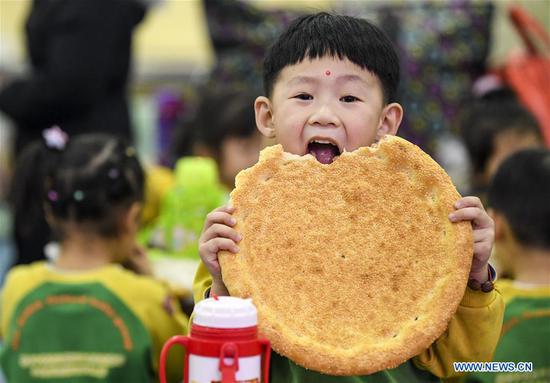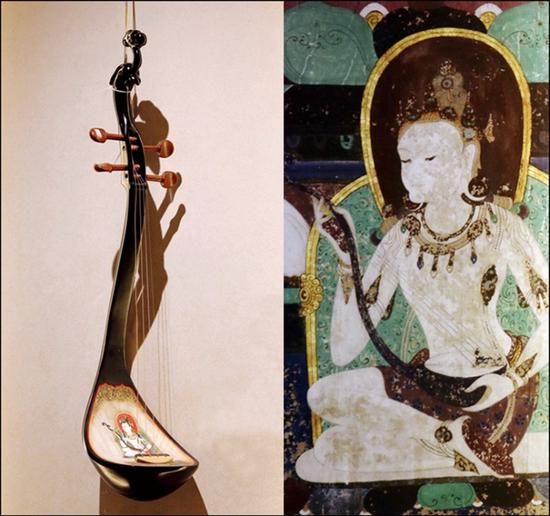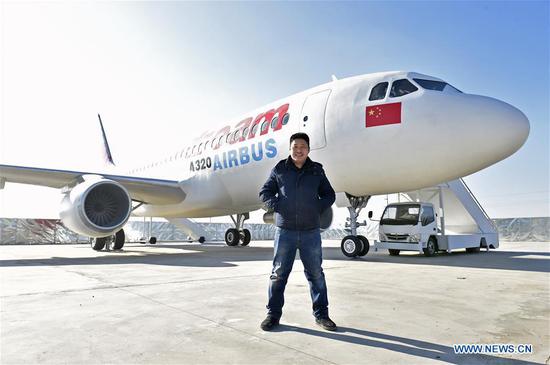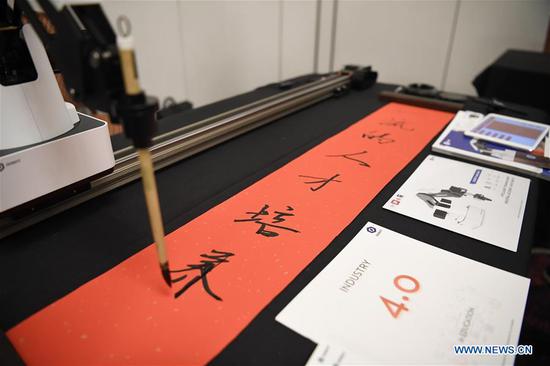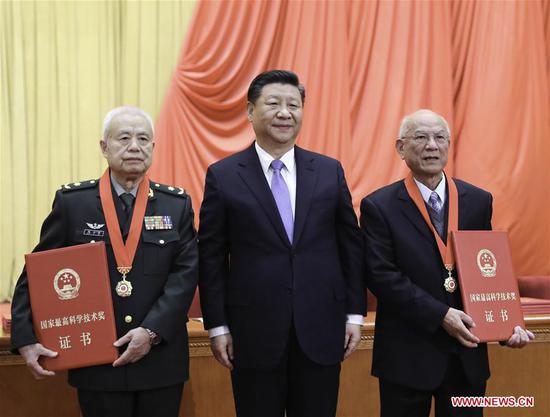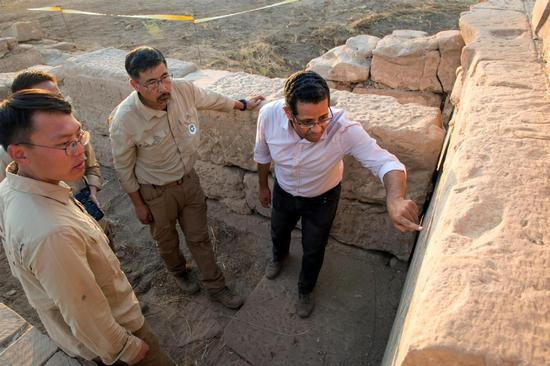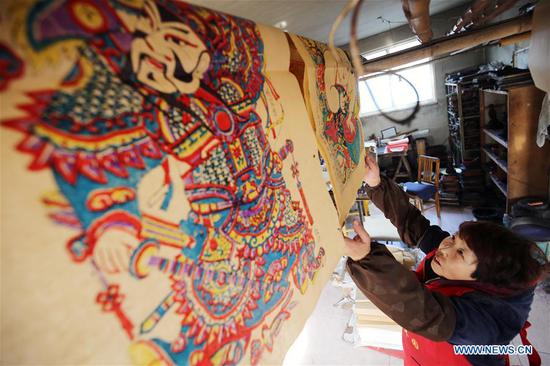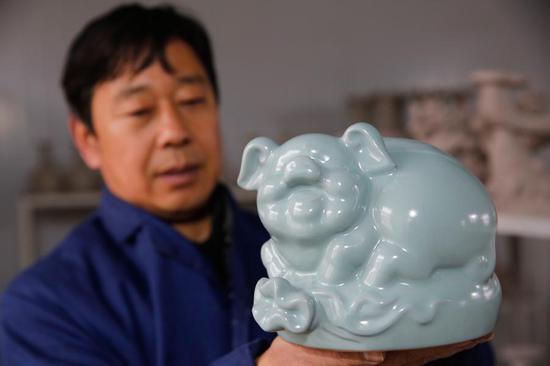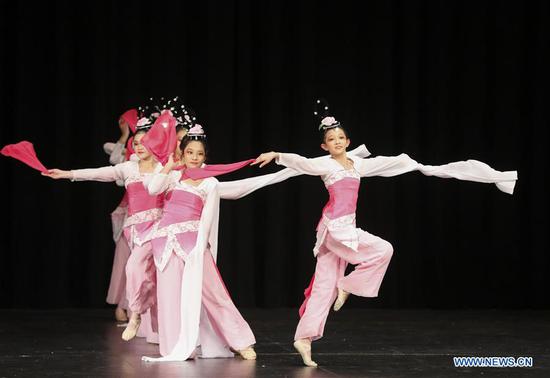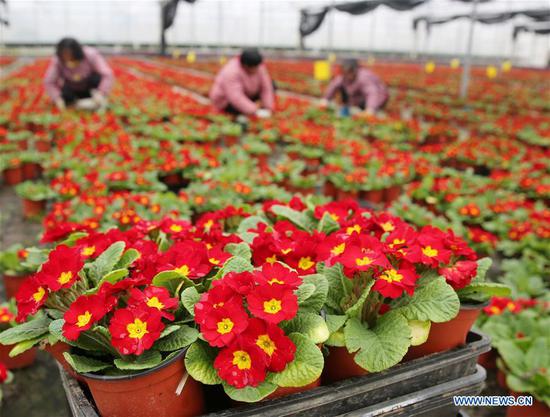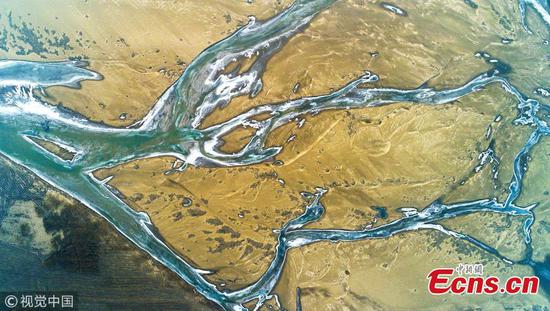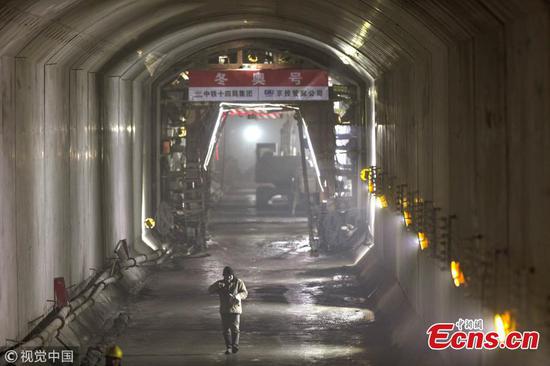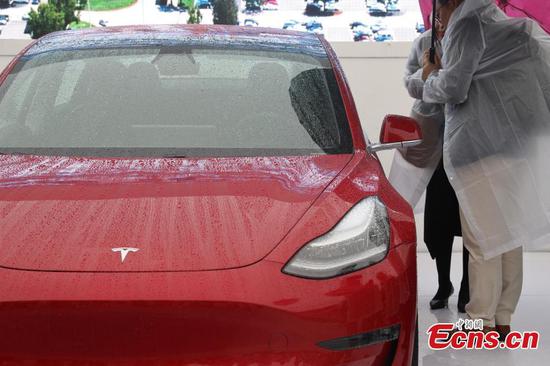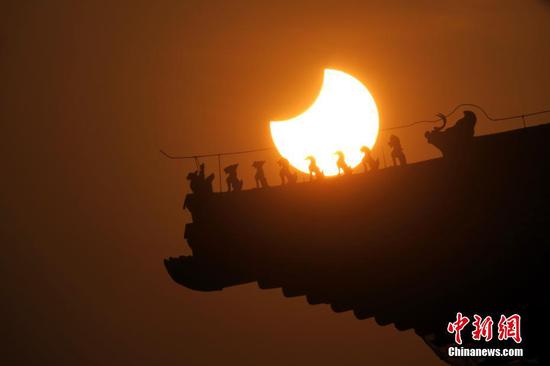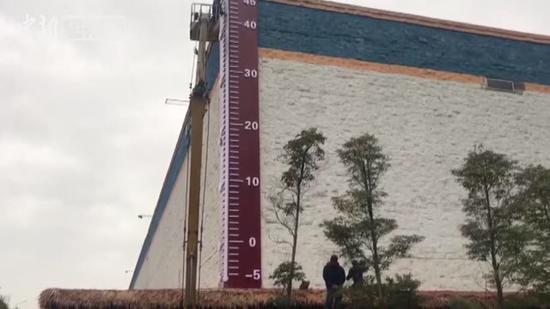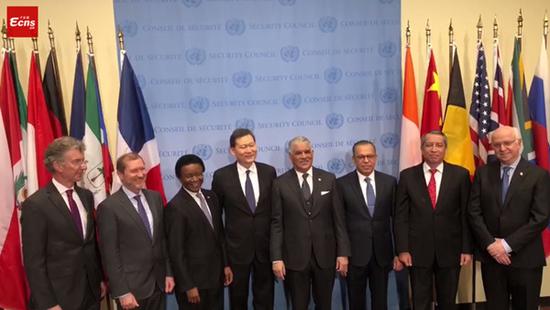Amid the domestic downward economic pressure, China's tourism industry has entered a key phase of transformation and adjustment especially in the new round of reform and opening-up, said an industry report released on Wednesday.
As China's economic development has been delivering high-quality tourism, which is highly correlated to the macro-economy, driven by fiscal revenues and people's disposable income, it is also faced with opportunities and challenges, according to a green book of China's tourism by the Chinese Academy of Social Sciences (CASS) on Wednesday.
In the past year, China's tourism was characterized with such highlights as the institutional reform by combining culture and tourism bureaus, mutually agreeable tourism cooperation between China and countries and regions involved in the Belt and Road initiative (BRI), high-speed railway routes, as well as the opening and development of South China's Hainan island.
For example, trips from countries and regions along the BRI routes to China increased from 9.03 million in 2013 to 10.64 million in 2017. Chinese outbound trips to countries and regions along the routes of BRI rose from 15.49 million to 27.41 million in the five-year period since the BRI was proposed in 2013, with the annual growth rate reaching 15.34 percent, according to the report.
Cooperation between China and countries and regions along the BRI routes have continuously developed, which has largely enhanced tourism facilities, in particular in such areas as tourism investment, market development and industrial support.
It is estimated that two-way trips will exceed 85 million by 2020, yielding tourism consumption worth around $110 billion.
The year 2018 marked the turning point of China's tourism industry, as the report has pointed out, since the country had entered the stage of mid-speed tourism development, which may last for 14 years based on international experience, said Jin Zhun, deputy editor-in-chief of the green book.
The up-shift of China's economic development is usually the period of the services industry's development, consumption increase as well as the dividend-release period after the previous infrastructure accumulation period, offering a leap forward for the tourism industry, said Jin.
In terms of domestic demand, tourism consumption has become more elastic in terms of family expenditure, which accounted for 12.47 percent in 2017 in the society's retail sales, compared with 10.82 percent in 2013 and 6.76 percent in 1997, data from the report showed.
However, domestic supply cannot entirely satisfy the tourist demand. For example, many of the Chinese middle-class tourists tend to fly abroad during long holidays. In addition, the added cultural value of tourism is still relatively low.
Du Yili, a senior analyst in the tourism industry, said at the report launch "this is an era of demand revolution. It is not merely about driving the consumption up. The middle-speed development, different from the previous high speed, is more focused on returning to the quality of tourism products."










